There is an old saying: You can’t train a senior dog. It’s a new trick. In reality, it is just the opposite of that saying. It is easier to teach an old dog a new trick than a new one. Old age makes a dog more attentive. Hence, dogs listen to the trainer. It gives a boost to their training sessions.
It is believed that self-control in dogs comes with age. It helps the dog to grasp the new trick much more quickly. However, as a dog owner, you must provide continuous support aided with rest or breaks to your dog because of its growing age. Proper rest stimulates their mind and develops their mental stature and agility.
Sound mind and stability in senior age make your dog healthy and happy, which is more required for their old age. These things happen under some conditions. Their health should be in good shape. It becomes a big challenge for them to cope. It’s better to consult a vet before a new training session.
Newer tricks make the bond more stable between you and your dog. A positive training session is more enjoyable and cheerful for the dog. Another added advantage is that you can train them in your place with minor adjustments.
There are some processes you should follow to do the job better.
I have included below some helpful tips for you to achieve your goal. It’s effective for new owners who have adopted an old dog. It helps them to teach the old one a new trick.
Be Patient and Understanding
Understand that senior dogs may have physical limitations or slower learning abilities. Be patient and give them extra time to understand and respond to training cues.
Tranquil
In case of adult dog adaptation in your house, could you give them some time to become accustomed to the area? A senior dog has some past, which makes them anxious in any fresh establishment.
Always maintain hope if they take some time because adjustment can take months to settle the dog or habituate them to the surroundings. It would be best if you had some patience to train a shelter canine, and you may face more challenges than usual.
Removing the bad habits
Over time, old dogs make some bad habits on their own. At first, you have to remove them during a training session. You may say sessions of unlearning. The good part is most old dogs are eager to learn those things that make their owner happy.
To motivate them towards the training session, give them some treats. It helps them be more attracted to the new habit than the older one. Remove some bad habits they developed in the previous place, like chewing household objects, being loud to others, etc. The main feature of this process is to guide them towards positives.
Elimination or fix the house-training issues
This is where you need to work hard on the old dog. Fix the issue regarding those training. Start right from the beginning. Create a schedule regarding this issue. Go for a walk at a particular time every day.
It helps them to habituate and be time-conscious. If an accident happens, please clean it properly. Don’t scold him; that becomes scary for them. Praise him before and after the outdoor jobs so they can recognize it. It helps him to develop good habits.
Read Also: 5 Essential Questions to Ask Before Adopting An Old Dog
Repetitive work
Due to their old joint problem, the senior dog didn’t like to do a repetition of the same work. Don’t command the dog for the same thing repeatedly, like making your dog sit a few times more without rest.
It irritates them, and they don’t reply to your commands gradually.
Focus on Mental Stimulation
Engage senior dogs in mentally stimulating activities to keep their minds sharp. Introduce new tricks, puzzles, or interactive games to challenge their cognitive abilities and offer mental enrichment.
Use Clear and Simple Commands
Use clear, simple commands that your senior dog can easily understand. Avoid complex or confusing cues, and use consistent verbal and visual signals to communicate effectively during training.
Short training session
Older dogs may tire more quickly, so keep training sessions short to maintain their attention and prevent fatigue. Aim for several short sessions throughout the day rather than one long session.
It applies to every dog but is more effective in aged dogs. A prolonged training session makes them bored or exhausted. It makes them tired, and their joints become painful due to age restraint.
Vet consultation before vigorous physical activity
If you are thinking about vigorous activity with your old dog, it’s better to take him to your vet. Know about your dog’s physical capacity to achieve whether the task is possible or not.
While some dogs can perform such activities during their golden age, some can’t. As they differ from others, it’s better to consult the vet before any such experiment.
Temperature
Be careful about their body temperature during training as they are becoming old. Senior dogs are less adjustable to the temperature than the younger ones. These dogs may feel more comfortable and relaxed.
Comfortable training surface
In command training, your dog likes to stay, sit, stand, and provide a soft surface to your old dogs. It will be comfortable for them, and your dog will respond well to your command.
Please don’t force them beyond their abilities
Never force your dog to perform beyond his ability. Due to old age, it becomes painful, and it irritates them. For example, you can’t command an old dog to stand on its hind leg for long.
Stop in time
If you observe that your dog is feeling pain, stress, and fatigue, stop immediately and take him for a rest. Never force your dog to perform. Otherwise, worse conditions may occur.
Read Also: 7 Easy Ways of Making Your Senior Dog’s Life Happy
Monitor Health and Wellness
Keep a close eye on your senior dog’s health and wellness during training. Stop the session and consult with your veterinarian to ensure their well-being if you notice any discomfort or fatigue.
Conclusion
If you have adopted a senior dog, you should know that learning will be slower. You can teach older dogs simple tricks like rolling over, fetching, shaking hands, standing on their hind legs, kissing, and playing dead. Staying positive and having a bit of patience prove effective in training the dog.

 DogExpress
DogExpress

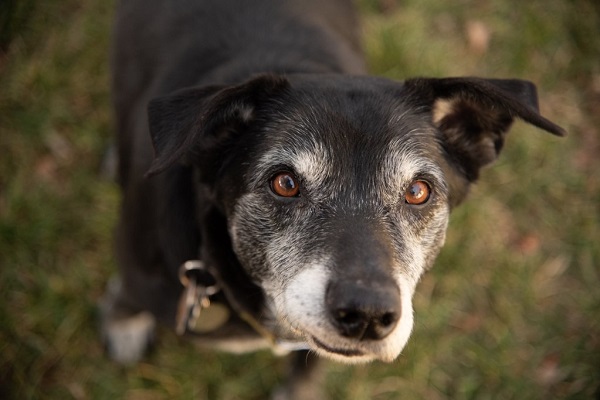
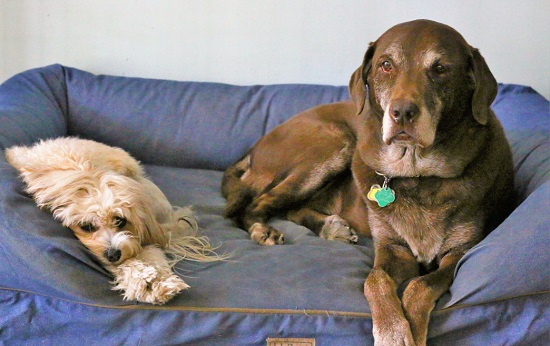
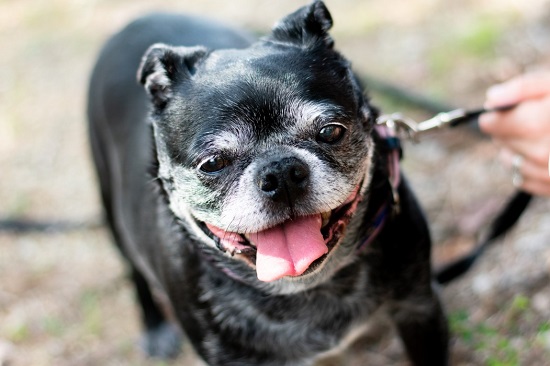


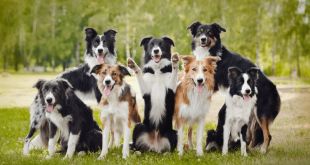

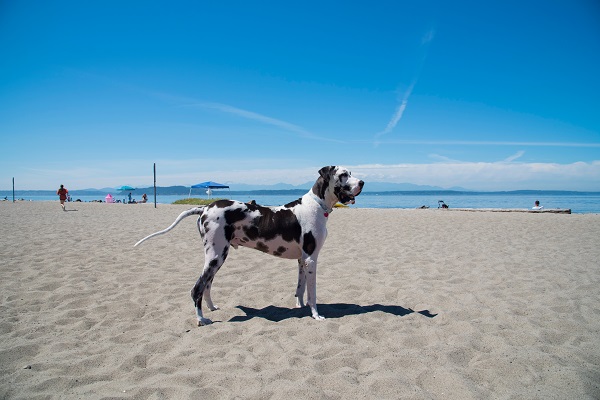












 in Chandigarh, India.
in Chandigarh, India. 
